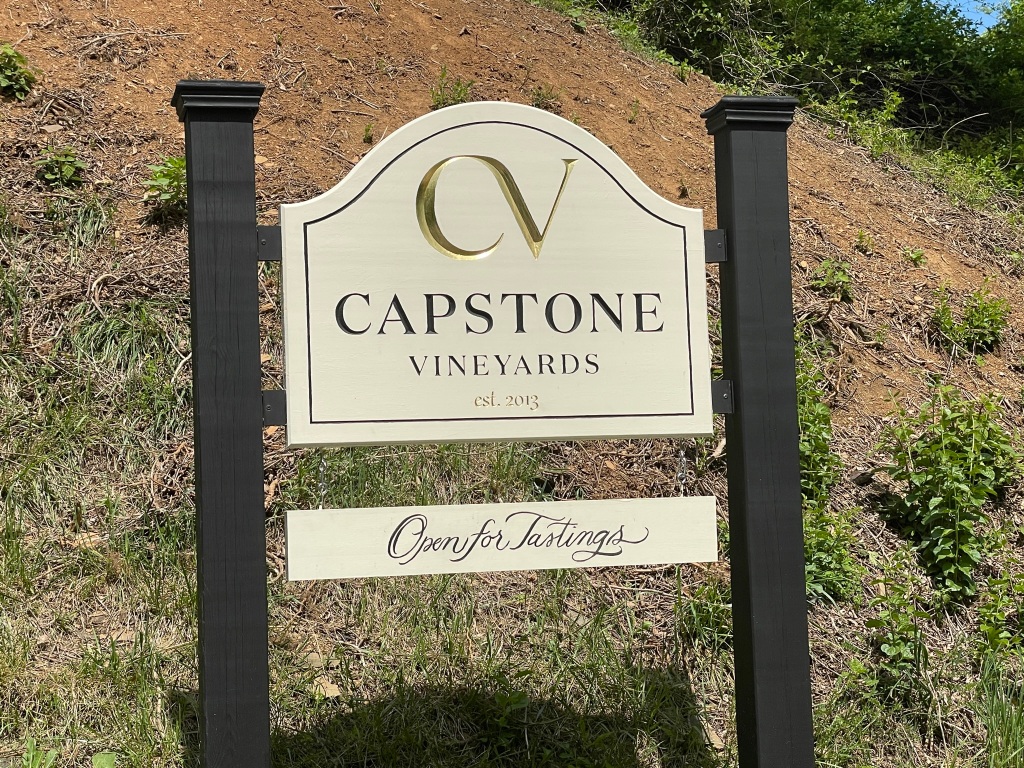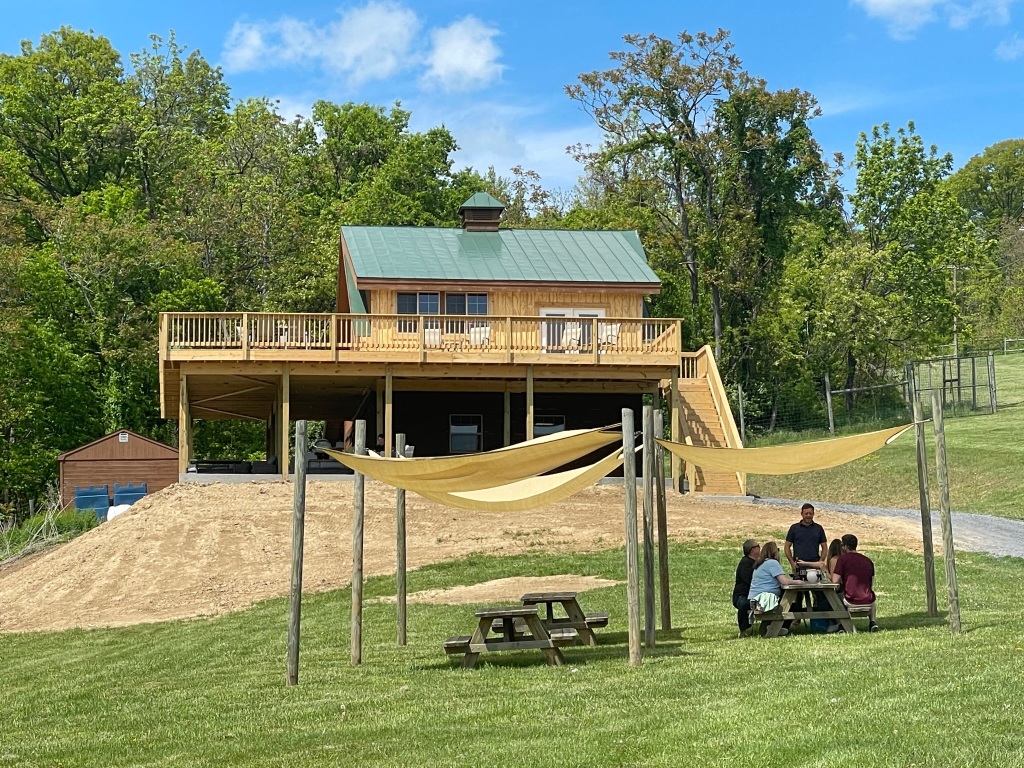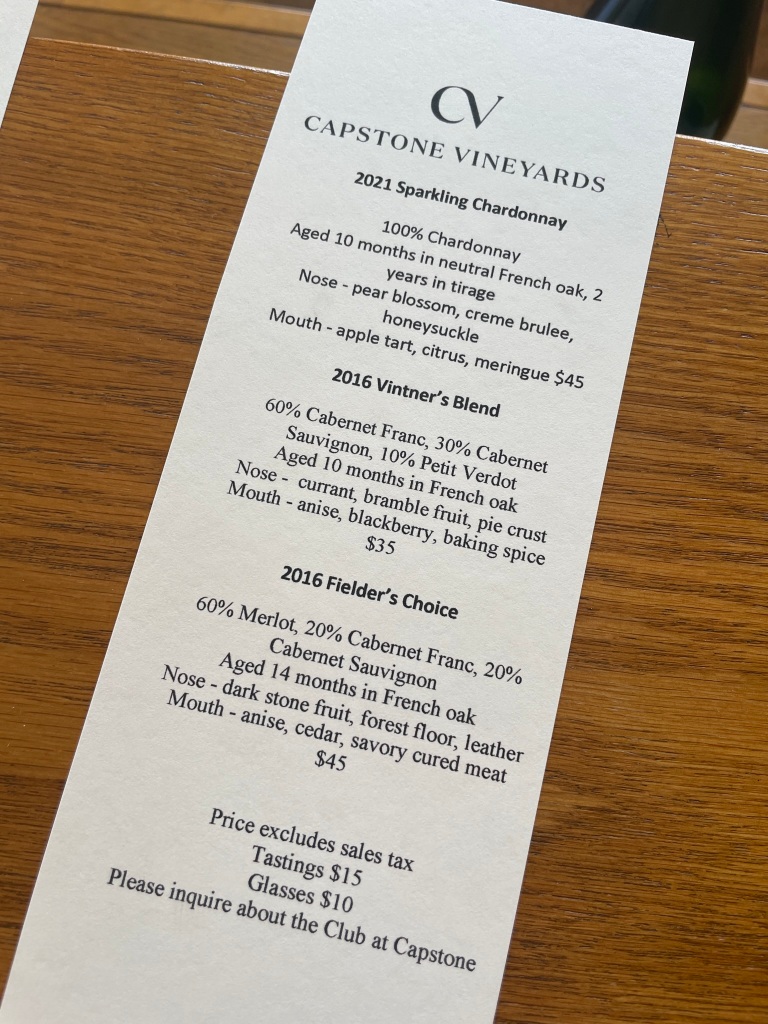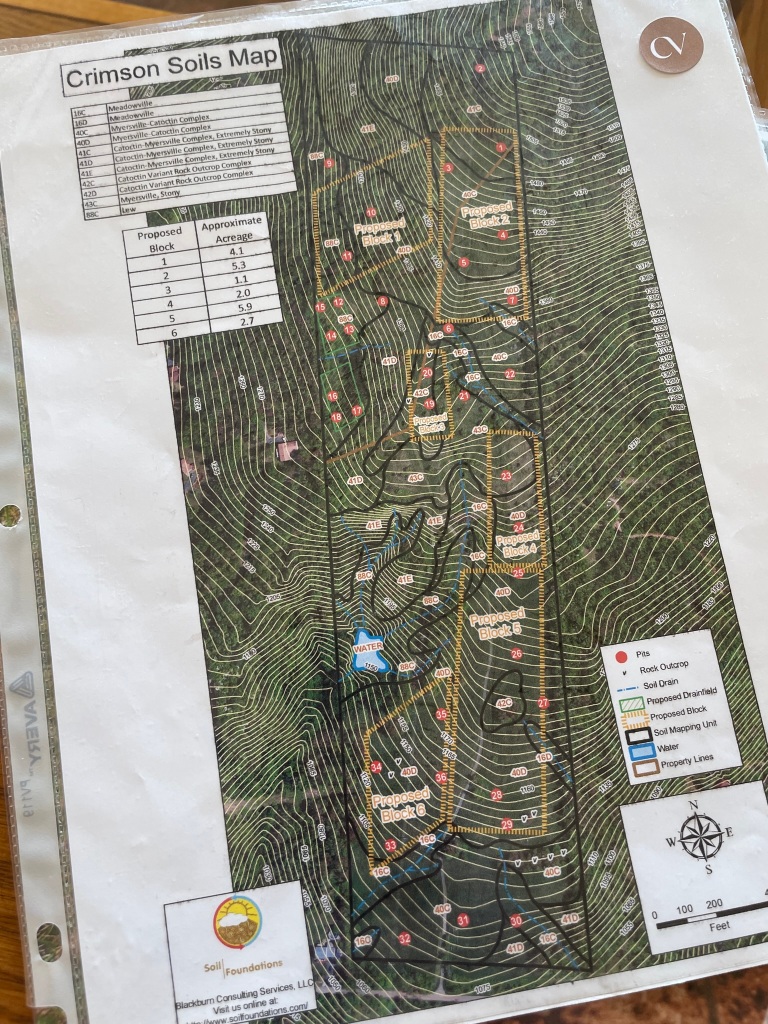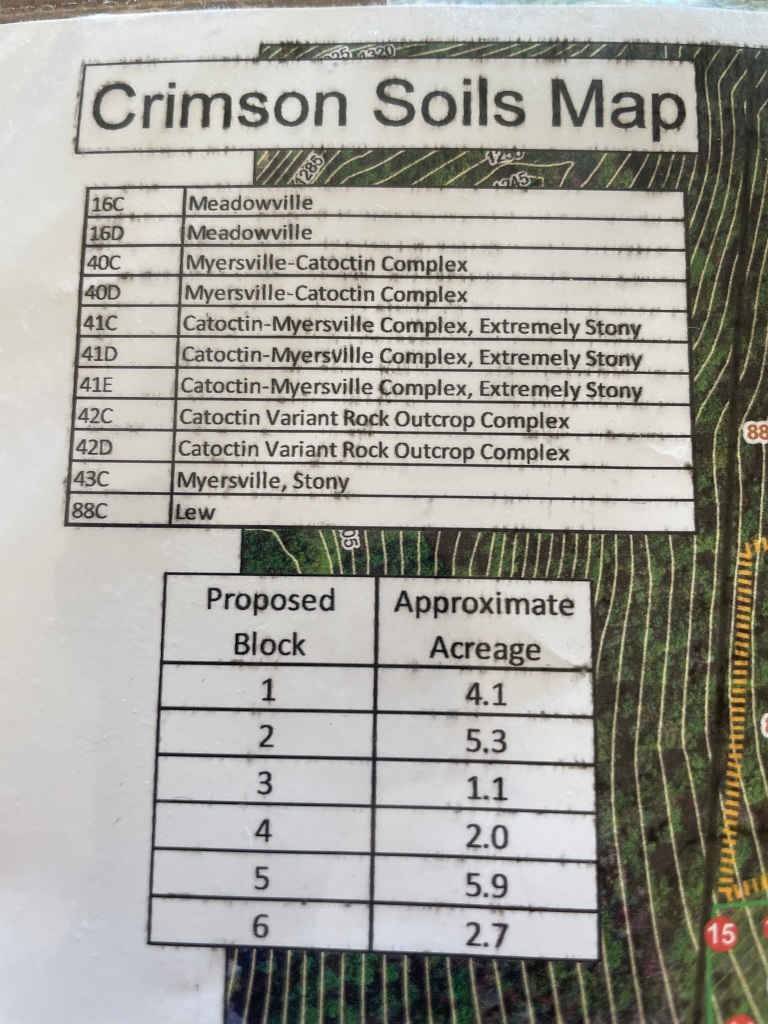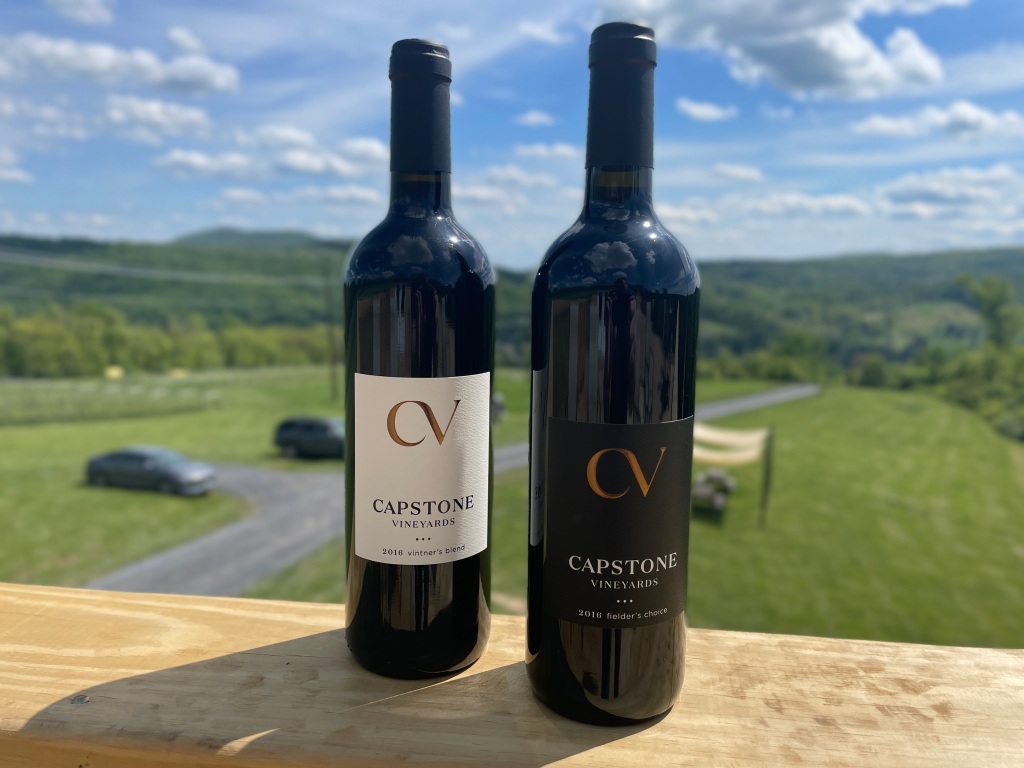Starting June 1st, fifteen participating Loudoun County wineries are celebrating Pride Month with a special month-long wine trail. Passport holders for “Pride in the Vines” who obtain ten different stamps will be eligible to win a prize drawing which includes private wine tastings, bottles of wine, gear, tickets to events, and tours of the vineyards and wineries.

Pride Month has its roots in the Stonewall riots, which started on June 28, 1969. Coincidentally, Pride in the Vines celebrates a movement that was galvanized at a drinking establishment.
Located in New York’s Greenwich Village, the Stonewall Inn was one of the few local bars that catered to an openly gay clientele despite state laws which made it risky for them to show affection in public. The Stonewall was run by the Mafia, who saw gay bars as a good business opportunity. Police raids against such establishments were common but corrupt officers would typically tip the managers off in advance, allowing business to continue with limited interruptions.
This time was different. Not only was the raid unannounced (possibly due to the police not getting sufficient kickbacks), the patrol wagon responsible for picking up arrested patrons took longer than usual to respond. The gathering crowd became increasingly agitated as they watched the police manhandle those they detained, including those arrested for violating the state’s gender-appropriate clothing statute.
The final trigger was a scuffle between a lesbian woman who was roughly escorted to the awaiting wagon. She fought back, calling on the crowd for support.
The resulting riots (Stonewall veterans prefer the term ‘uprising’) continued for several days. It was a turning point in the gay rights movement, leading to the formation of several new LGBT advocacy groups. The first gay pride parades were held on the 1st anniversary of the riots.

Top left: Paul Armstrong and Warren Richard, Virginia Wine Time
Top right: Paige Poprocky and Holly Richardson, Sips and Trips with Paige
Bottom left: Sydney and Bridgette Smith, Williams Gap and Greenhill wineries
Bottom right: Brian Pace and Chris Sexton, Maggie Malick Wine Caves
How Loudoun’s First Pride Wine Trail Started
The idea behind Pride in the Vines in Loudoun County blossomed with Two Twisted Posts Winery, which has hosted gay pride events since opening in 2014. For the family that owns it, namely Krista Cato, her partner Lynda Dattilo and fellow owners and parents, Theresa and Brad Robertson, the topic is a personal one.
“We wanted to create a safe space for people to gather regardless of their orientation or race,” explained Krista. “From Day 1, we hung a Pride flag. It wasn’t always a smooth journey and we received some hate.


My family decided to host an event to celebrate National Coming Out Day (October 11). We thought about celebrating Pride, but Pride is already a big event in D.C. and we didn’t want to overlap with another important celebration.
We advertised it in a local paper, and they came back to us and asked, ‘Do you really want to publish this?’ And we replied; ‘yes we do!’
So we posted the ad and put out flyers in local businesses. We found a lot of them were afraid to post them out of fear of creating animosity with their customers. But a few did.
Simple things like getting a food truck was difficult. The first two canceled but eventually we found one that would support us.
When the day came, Two Twisted Posts had over 200 people come out from all walks of life. Since it was so well received, we couldn’t imagine not continuing annually.”
More Wineries Involved Than Ever Before
Over time, more wineries joined Two Twisted Posts in celebrating gay pride events. In 2019, Bob and Teri Riggs of nearby Forever Farm Vineyard noticed the Pride flag and asked what they could do to get involved. They were soon joined by Williams Gap Vineyard.
The issue hit home for Bob and Teri, whose son is gay. Teri explained, “My participation is to get families involved. We’re all in it together.”
This trio of wineries hosted an informal Pride trail for several years. But as the world around them became more accepting, the idea of a larger wine trail took shape.
“One of the things we’re learning in this journey is there are other people out there who hear them and see them,” said Bridgette Smith, tasting room manager at Williams Gap Vineyard. “So when I brought it up at the Loudoun Wineries and Winegrowers Association (LWWA) I was surprised how many wineries wanted to participate. I think there are more people out there who are willing to speak out loud to support their neighbors than we realize.”
Krista added, “The support is like 300 times more than when we opened. In the beginning, I don’t remember seeing a Pride flag anywhere. When we started hosting events for National Coming Out Day, we were so focused on the event, we didn’t reach out to anybody.
With the partnership of Forever Farm Vineyard, Williams Gap Vineyard and now so many others, it’s safe to say this year’s Pride in the Vines Wine trail is indicative of the changes that have happened in Loudoun.”
Guests can acquire a passport at any of these participating wineries. For more announcements, see the LWWA webpage at https://www.loudounwine.org/new-events.

- 8 Chains North Winery
- 868 Estate Vineyards
- Bleu Frog Vineyards
- Bozzo Family Vineyard
- Carriage House Wineworks
- Fabbioli Cellars
- Forever Farm & Vineyard
- Good Spirit Farm
- Hillsborough Winery
- October One Tasting Room
- Two Twisted Posts Winery
- Walsh Family Wine
- Williams Gap Vineyard
- Wine Reserve at Waterford
- Zephaniah Farm Vineyard



































